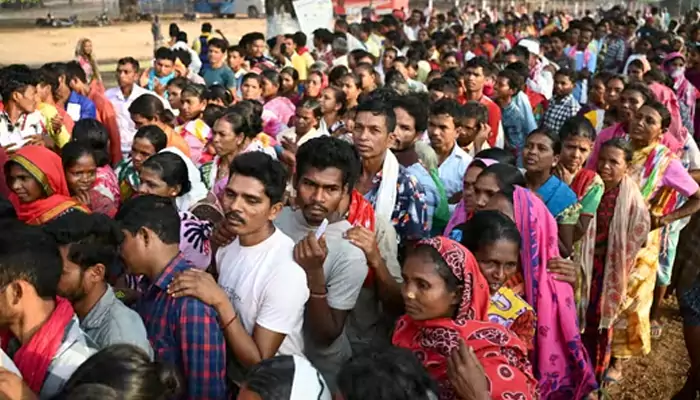
Analysing Gender Dynamics in India politics
Gender dynamics play a significant role in shaping political landscapes around the world. Despite progress towards gender equality, disparities persist in political representation, leadership roles, and decision-making processes. In this blog, we'll delve into the complexities of gender dynamics in politics, examining the roles of men and women in elections and the impact of gender on political outcomes.
The history of gender dynamics in politics is marked by inequalities and struggles for representation. Historically, political power has been dominated by men, with women facing systemic barriers to participation. From suffrage movements to contemporary activism, women have fought for their voices to be heard in political arenas.
Despite advancements in gender equality, women remain underrepresented in political leadership roles worldwide. While some countries have made strides in electing female leaders, such as heads of state or government, the overall proportion of women in top political positions remains low. Factors such as cultural norms, institutional biases, and gender stereotypes contribute to the persistence of this gender gap in political leadership.
Gender dynamics influence how male and female candidates are perceived and portrayed during election campaigns. Studies have shown that women often face greater scrutiny and gender-based biases in media coverage compared to their male counterparts. Stereotypes about women's competence, appearance, and personal lives can impact voter perceptions and shape electoral outcomes.
The representation of women in politics can have a significant impact on policy priorities and legislative agendas. Research suggests that female politicians are more likely to advocate for policies related to social welfare, healthcare, education, and gender equality. Increasing the presence of women in political decision-making can lead to more inclusive and responsive governance that addresses the diverse needs of society.
Gender dynamics also influence voter behaviour and electoral outcomes. Gender gaps in voting patterns have been observed, with differences in political preferences, priorities, and engagement between men and women. Factors such as socioeconomic status, education, and cultural values contribute to these gender disparities in voting behaviour, shaping electoral results.
It's essential to recognize the intersectionality of gender dynamics in politics, considering how other factors such as race, ethnicity, sexuality, and class intersect with gender to shape political experiences. Women from marginalised or underrepresented groups may face compounded challenges and barriers in accessing political power and representation.
Gender dynamics in politics are multifaceted and complex, reflecting broader social structures and inequalities. While progress has been made towards gender equality in political participation, significant gaps and challenges persist. Addressing gender disparities in political representation requires a multifaceted approach, including policy reforms, cultural shifts, and grassroots activism. By fostering inclusive and equitable political systems, we can create spaces where the voices and perspectives of all genders are valued and heard in shaping the future of governance and democracy.